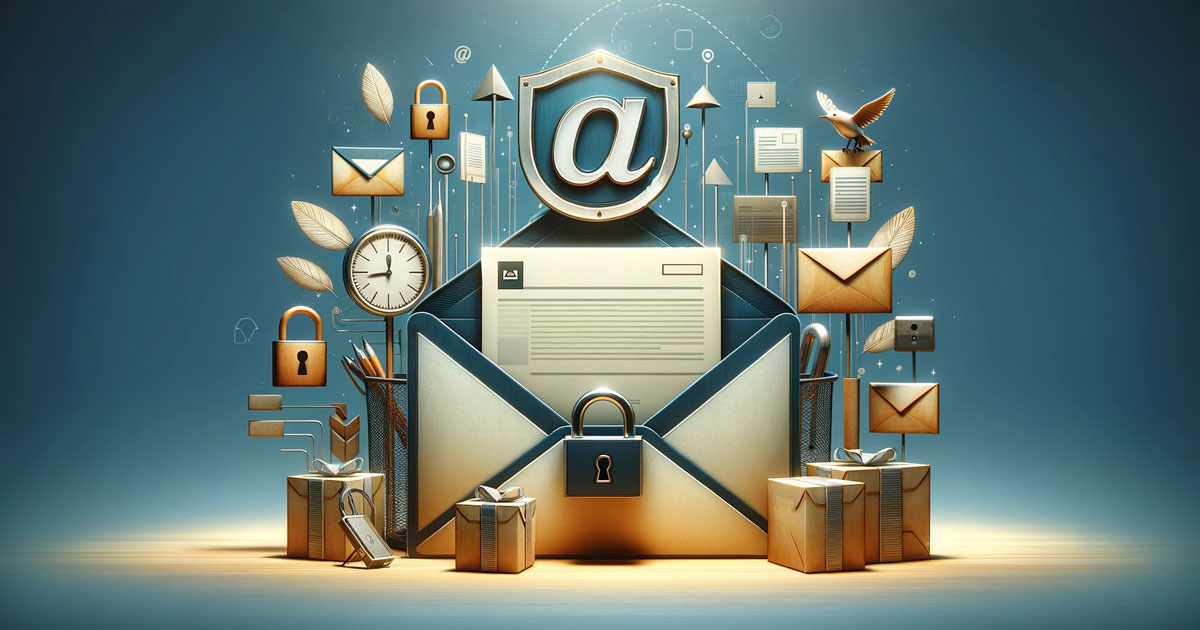The future of email authentication:
What comes after DMARC & DKIM?
Keep an eye on trends and developments
We live in a rapidly changing digital landscape where email authentication is undergoing constant evolution. DMARC and DKIM are now essential pillars to ensure the integrity and security of our email communications. But technology never stands still. With increasing cyber threats and evolving email landscapes, we must always think one step ahead. So what comes after DMARC and DKIM? The answer lies in continually monitoring trends and developments in email security.
- Importance of continuous adaptation and updating:
The digital world is constantly evolving, and with it the technologies we use to secure our communications. Continually adapting and updating your email authentication practices is crucial to keeping up. This means not only implementing current standards like DMARC and DKIM, but also staying up to date and ready to adopt new methods and protocols as they become available.
- Outlook on new standards and technologies:
The future holds exciting opportunities for the further development of email authentication. Experts are already working on the next generation of protocols that could offer even more robust security mechanisms. These include improved encryption techniques, artificial intelligence (AI) to detect and defend against threats, and blockchain technologies for verified transactions and communications. By keeping an eye on developments in these areas, you can continue to optimize your email deliverability and secure your communications against future threats.
And there we have it – a tour of the world of email authentication that has hopefully turned on a few lights in the dark. DMARC and DKIM are more than just cryptic acronyms; They are essential guardians of your digital correspondence, ensuring that your messages arrive where they should: in your recipients' inboxes.
But we know that the devil is in the details. Implementing and continually maintaining email security standards can be overwhelming, especially when you're simultaneously trying to launch your next big marketing campaign. Luckily, you don't have to reinvent the wheel or become an IT expert to protect your email.
There are a variety of service providers out there who can have your back. Companies like Proofpoint, Mimecast, and Agari offer specialized solutions to help you effectively implement and manage DMARC, DKIM, and other email security protocols. Not only do they take work off your hands, they also ensure that your email communication meets the ever-changing demands of the digital world.
Remember: your emails are a direct connection to your customers. Ensuring their integrity and deliverability is not an optional luxury, but a fundamental necessity. By taking the right steps and perhaps getting a little professional help, you can ensure that your messages always find their way.
So, take the first step to secure your digital communications. Your emails are worth reading. With the right partners at your side, nothing stands in the way of your success.


